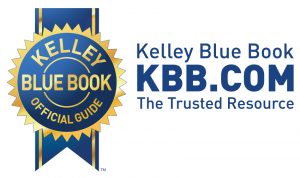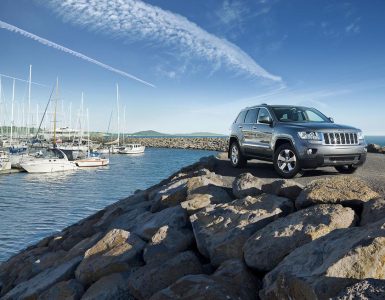In this article, we’ll discuss how to use the blue and black book guides for car prices. Both are different guides, so you need to know how to use each.
Each book serves different functions. While each book speaks of itself as the more accurate source of used car prices, traffic for each book differences. For example, the Kelley Blue Book (KBB) is more widely used by buyers, and has been around longer, starting in 1918. Contrast that to the Black book, which started in 1955.
When the KBB started, it was just a values and ratings reference of used cars. But it slowly expanded to mentioning prices of new cars. Regardless, do note that due to the wide use of the KBB, it is seen as the less accurate of the two books. The KBB does not offer guarantees on its evaluation of prices, and thus they provide prices that differ from the Black Book.
 The Black Book offers many different books, or sub-references. They include the Black Book First Values, the Black Book Daily, and many more. This book also provides subscriber content (for a premium), with wholesale and dealer suction prices. Thus, their evaluations tend to be more accurate.
The Black Book offers many different books, or sub-references. They include the Black Book First Values, the Black Book Daily, and many more. This book also provides subscriber content (for a premium), with wholesale and dealer suction prices. Thus, their evaluations tend to be more accurate.
Basically, the Blue Book is more geared towards consumers, even though dealers use it too. Through the Blue Book, you can check to see expected buy and sell prices for a specific vehicle. Alternatively, the Black Book is oriented more to dealers, providing more accuracy and updates, and wholesale prices. Thus, both books are excellent for car values, but appeal to different poles of the market.
If you’re a dealer, go for the Black Book. If you’re a consumer, the Blue Book is more fitting.
Your Guide to Searching Used Car Pricing Online.
The Kelley Blue Book is your best bet for help. The process of sifting through it is easy, and only requires a few minutes. It is a user-friendly guide, that is respected and seen as quite accurate. Thus, below we provide some tips for the use of the KBB online…
- After you get to the KBB website, head to “used car” page.
- Searches can be done by year, model, make, price ranges, and body styles (sedan, SUV, etc.).
- Enter values you want, and pick from trade-in, suggested retail, or private party value.
- Pick the exact trim for your car model, if you have options for it.
- This is an important step. Write the mileage of your car into the database, as this is will majorly affect the evaluations you receive.
- Check features available to your car, based on the selected trim for that year.
- Pick your car’s condition. The majority are good, with 5% being excellent.
- You should get a displayed price. Also, you can see other values of car types by clicking on their names through the same page.
Also Read:






Add comment